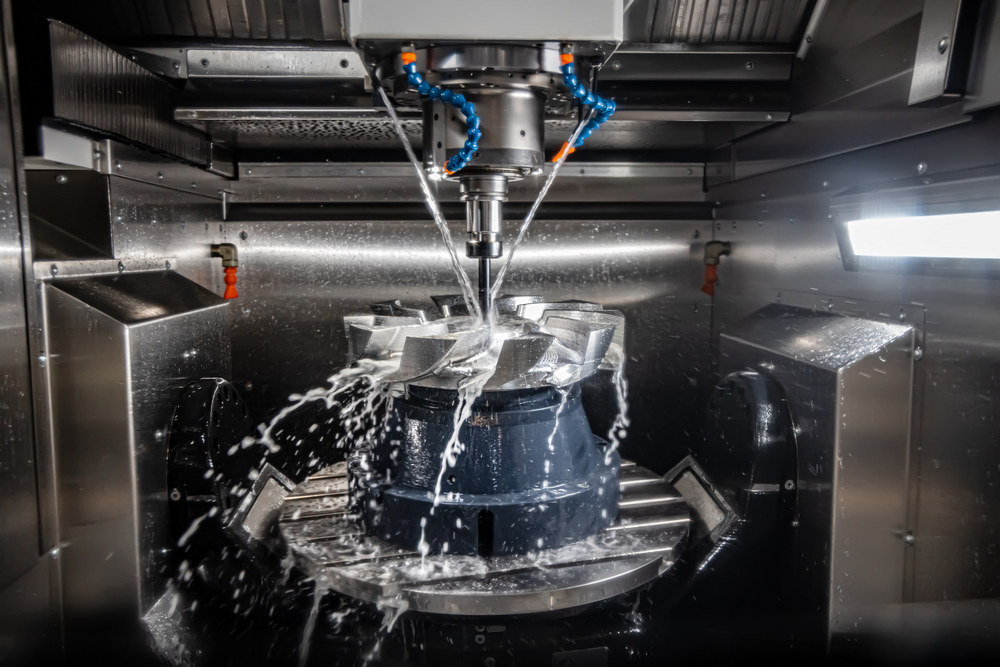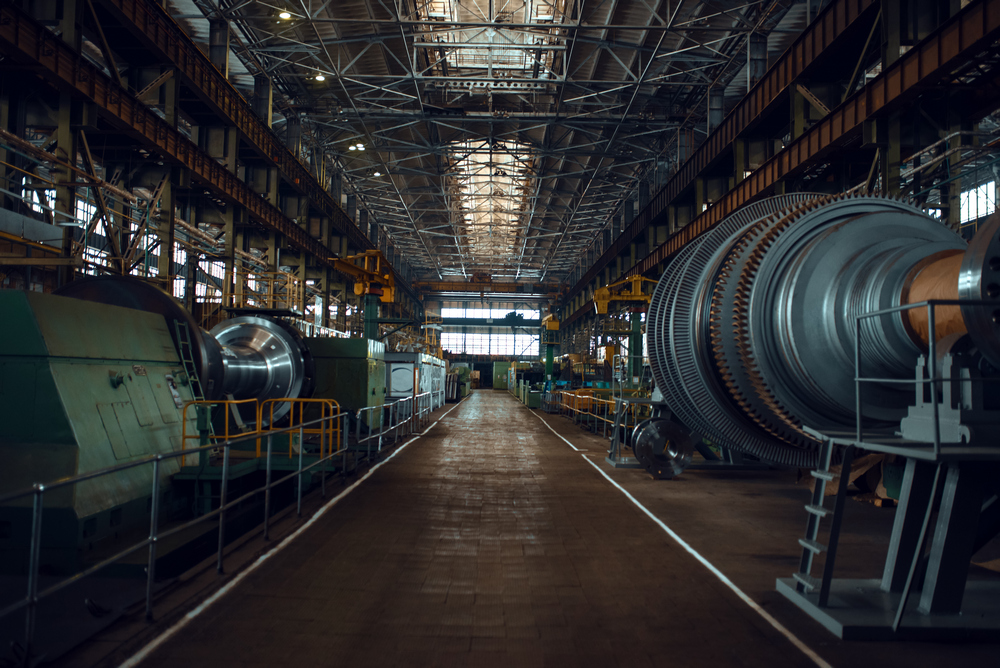October 18, 2021 — Equipment maintenance has always been one of the most prominent responsibilities for maintenance managers. Not only does it help reduce machine downtime, but it also helps improve efficiency, throughput, profits, asset reliability, and more — reducing several costs in the process. Responsible maintenance managers, as a result, are constantly searching for ways to improve maintenance management. That being said, let’s take a look at some practices, tips and tricks that optimize the maintenance of equipment.
Optimizing equipment maintenance with 6 practices, tips and tricks
1/ Don’t put all the equipment under a single maintenance approach
While this might sound too controversial, it holds true for most organizations. Maintenance managers know this quite well — not all pieces of equipment typically fit under a single maintenance approach. For instance, while most equipment might require preventive maintenance, there are some assets spread throughout the organization that require corrective maintenance. Some pieces of equipment are more expensive than others, some require frequent maintenance, some are crucial for the production process. On the other hand, there might be pieces of equipment that are quite old, and implementing preventive maintenance for them can be a waste of resources, time and planning. For such assets, corrective maintenance might be the more appropriate approach.

2/ Collect, update and maintain asset information
We know — this tip has been beaten to death at this point. However, most maintenance managers have already done detailed checking and listing of the existing equipment — we’re focusing on updating and maintaining that list frequently. Are there any new manuals available? Are there any changes in the recommendations provided by the manufacturer? Are there new practices available that will make the equipment more efficient? Answers to such questions usually change over time, and solely gathering information at the beginning is somewhat outdated — all equipment-related information needs to be maintained and kept at all times. This comes in handy during servicing, repairing and other maintenance tasks.
3/ Work on tackling the maintenance backlog
If there are several pieces of equipment within the facilities, the maintenance backlogs can be nightmarish for everyone involved. Keeping it short and simple might be challenging but is ultimately beneficial, as backlogs are a considerable headache for the entire maintenance team. Prioritizing the tasks according to importance, checking whether tools and parts required are available, and assigning resources to complete them can help significantly reduce the backlog — especially if a modern computerized maintenance management system (CMMS software) is used to streamline maintenance management.

4/ Find a suitable and balanced maintenance schedule
Several pieces of equipment require maintenance at specific schedules in order to improve asset longevity and reliability — something that preventive maintenance focuses on. However, planning a schedule that works for all the equipment can be a challenge for many. For starters, the maintenance tasks must be carried out when the equipment is unused to reduce downtime and leave production unaffected. Also, keeping the manufacturer’s guidelines in mind while scheduling planned maintenance can improve the asset’s reliability. Balancing all of this and finding out suitable schedules for maintenance tasks optimize equipment maintenance significantly.
5/ Document every aspect of work history
The best way to organize and streamline equipment maintenance is by keeping every aspect of it documented. This helps to identify which equipment was serviced, when, by whom, and what were the outcomes.
In earlier times, it was extremely cumbersome to maintain an up-to-date work history, as binders, paperwork and register books were involved. Even now, many organizations are limited to spreadsheets. Fortunately, modern solutions are available that keep work history, tasks, repairs, and everything else organized and digitized in a central location. Moreover, they also help to pull up such relevant information by simply scanning the barcode on the equipment — improving efficiency and saving time.
6/ Utilize customizable maintenance checklists for tasks and inspections
Checklists help streamline equipment maintenance inspections, tasks and repairs. However, optimizing these checklists by customizing them can boost maintenance management. While not all pieces of equipment require custom checklists, creating them for the most crucial machinery can help maintenance teams conduct thorough and concise inspections, repairs and servicing. It also helps maintenance teams ensure that all the important points are covered — leaving little to no room for errors.
Your mileage might vary
While these are some useful pointers that help streamline maintenance management, not everyone can expect the same level of benefits from them. Organizations need to be proactive and continuously focus on preventive maintenance — although initial costs may be concerning, it can help reduce costs significantly down the road.
This article was submitted to FMLink by CloudApper CMMS. The CloudApper CMMS software is a mobile and cloud application designed to simplify the management of enterprise assets and equipment, maintenance schedules, inventory, work order routing, and reporting.




